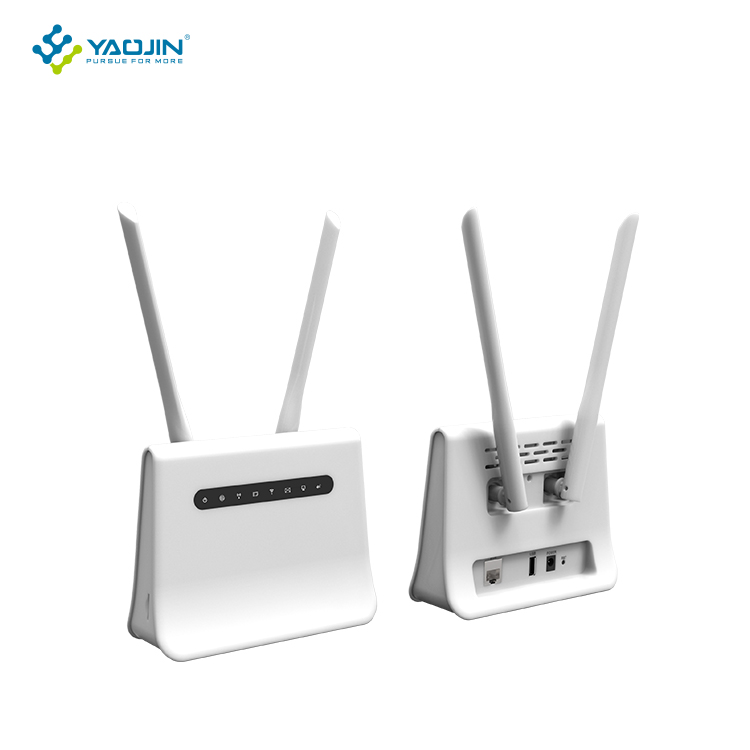Features and aspects associated with LTE routers
2023-12-15
An LTE router, also known as a 4G LTE router, is a networking device that utilizes Long-Term Evolution (LTE) cellular technology to provide high-speed internet connectivity. It serves as a bridge between the LTE cellular network and local Wi-Fi or wired networks, enabling multiple devices to connect to the internet through the LTE network. Here are some key features and aspects associated with LTE routers:
1. High-Speed Internet Connectivity:
- LTE routers leverage 4G LTE technology to deliver fast and reliable internet connections. This is particularly useful in areas where traditional wired broadband services are unavailable or impractical.
2. Wireless Connectivity:
- LTE routers typically provide Wi-Fi connectivity, allowing devices such as smartphones, tablets, laptops, and smart home devices to connect to the internet wirelessly.
3. Ethernet Ports:
- Many LTE routers come equipped with Ethernet ports, allowing devices that don't have wireless capabilities to connect via a wired connection. This is useful for devices such as desktop computers, gaming consoles, or other wired devices.
4. SIM Card Slot:
- LTE routers require a SIM card to establish a connection to the cellular network. The SIM card is usually inserted into a dedicated slot on the router.
5. Portability:
- Some LTE routers are designed to be portable, enabling users to take them on the go. This portability can be advantageous for travelers or individuals in temporary locations requiring a reliable internet connection.
6. Failover and Redundancy:
- LTE routers are often used for failover and redundancy purposes. If the primary wired internet connection fails, the router can switch to the LTE connection to maintain internet connectivity.
7. Load Balancing:
- Certain advanced LTE routers support load balancing, distributing internet traffic across multiple connections. This can include both the LTE cellular connection and a wired broadband connection if available.
8. External Antennas:
- To enhance signal strength and reception, some LTE routers have external antenna connectors. Users can attach external antennas to improve performance, especially in areas with weaker signals.
9. Security Features:
- LTE routers typically include security features such as WPA/WPA2 encryption for Wi-Fi connections, firewall capabilities, and Virtual Private Network (VPN) support to secure data transmissions.
10. Management Interface:
- Users can usually configure and manage the LTE router through a web-based interface. This interface allows users to set up security settings, manage connected devices, and monitor network performance.
11. Carrier Compatibility:
- LTE routers may support different frequency bands and be compatible with specific carriers. It's essential to ensure that the router aligns with the LTE network provided by the chosen mobile carrier.
12. Dual-Band Wi-Fi:
- Some LTE routers offer dual-band Wi-Fi support, providing both 2.4GHz and 5GHz bands for improved wireless performance and reduced interference.
When selecting an LTE router, consider factors such as network compatibility, coverage in the intended location, data plans offered by the cellular carrier, and the specific features that meet your connectivity requirements.



